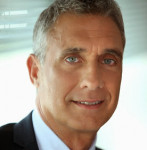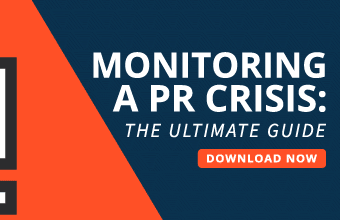In the age of information, one would think that the immediate aftermath of a natural disaster would be purely about reporting facts. However, public relations has grown to play a significant role in shaping the narratives that are presented to the public. Natural disasters, such as floods, hurricanes, and earthquakes, demand a delicate balance between reporting facts and maintaining sensitivity. PR professionals work alongside journalists to ensure that the news we receive is not only accurate but also compassionate and constructive.
The delicate dance of PR in times of crisis
It’s important to understand that PR isn’t just a tool for corporations or politicians; its essence lies in effective communication. PR isn’t about spinning the truth or manipulating public perception; it’s about presenting information in a manner that is digestible and actionable for the general public. Especially during times of crisis, clear and concise communication becomes paramount. In the wake of a natural disaster, people are often overwhelmed with fear and uncertainty. They need information that not only helps them grasp the scale of the event but also outlines the resources available to them and the steps they should take next. Journalists, with their commitment to the truth, work diligently to gather facts from the ground. Parallelly, PR professionals step in to help shape the message, ensuring it’s delivered in a way that provides clarity, offers hope, and avoids inducing panic or spreading misinformation.
Community gatherings: A platform for information and healing
Community gatherings following natural disasters are not just about sharing information; they are also about healing. PR plays an essential role here by ensuring that these gatherings are structured in ways that offer comfort, foster unity, and provide essential knowledge. Whether it’s organizing expert panels, including representatives from insurance companies to discuss flood insurance or coordinating with mental health professionals to address trauma, the influence of PR is palpable.
Maintaining sensitivity while disseminating information
Perhaps one of the most challenging aspects for PR professionals in the wake of a disaster is maintaining a sensitive approach. With cameras rolling and reporters looking for soundbites, there’s an inherent risk of sensationalizing people’s suffering. PR professionals work closely with news agencies to ensure that the dignity of affected individuals is upheld. They also play a role in determining which stories are told, emphasizing narratives of hope, community solidarity, and resilience.
The role of flood insurance in disaster reporting
When floods strike, one topic that invariably becomes part of the narrative is flood insurance. It’s a subject that carries both practical and emotional weight. From a practical perspective, people need to know how they’ll recover from a flood financially. Stories of families without flood insurance struggling to rebuild their lives become cautionary tales that underscore the importance of being prepared.
However, from a PR standpoint, discussing flood insurance can be tricky. Emphasizing its importance too heavily might seem like capitalizing on a tragedy to sell policies. Yet, neglecting its mention might deprive families of essential knowledge that could help in future protection. PR professionals have to find the right tone and timing to introduce the subject, weaving it seamlessly into broader narratives about community resilience, preparation, and recovery.
The road ahead: Continuous engagement and preparedness
Once the immediate crisis has passed and the news cameras have moved on, PR’s role continues. It’s about ensuring sustained engagement, keeping communities informed about recovery efforts, rebuilding initiatives, and, yes, the importance of being prepared for the next unforeseen event. That includes discussions on flood insurance, infrastructure improvements, and community drills.
In conclusion, the intersection of PR and disaster reporting is a testament to how media, when used responsibly, can be a force for good. It not only informs but also educates, comforts, and guides communities towards healing and preparedness. In the age of the 24-hour news cycle, PR professionals stand as the guardians of sensitive, constructive, and essential information dissemination.








